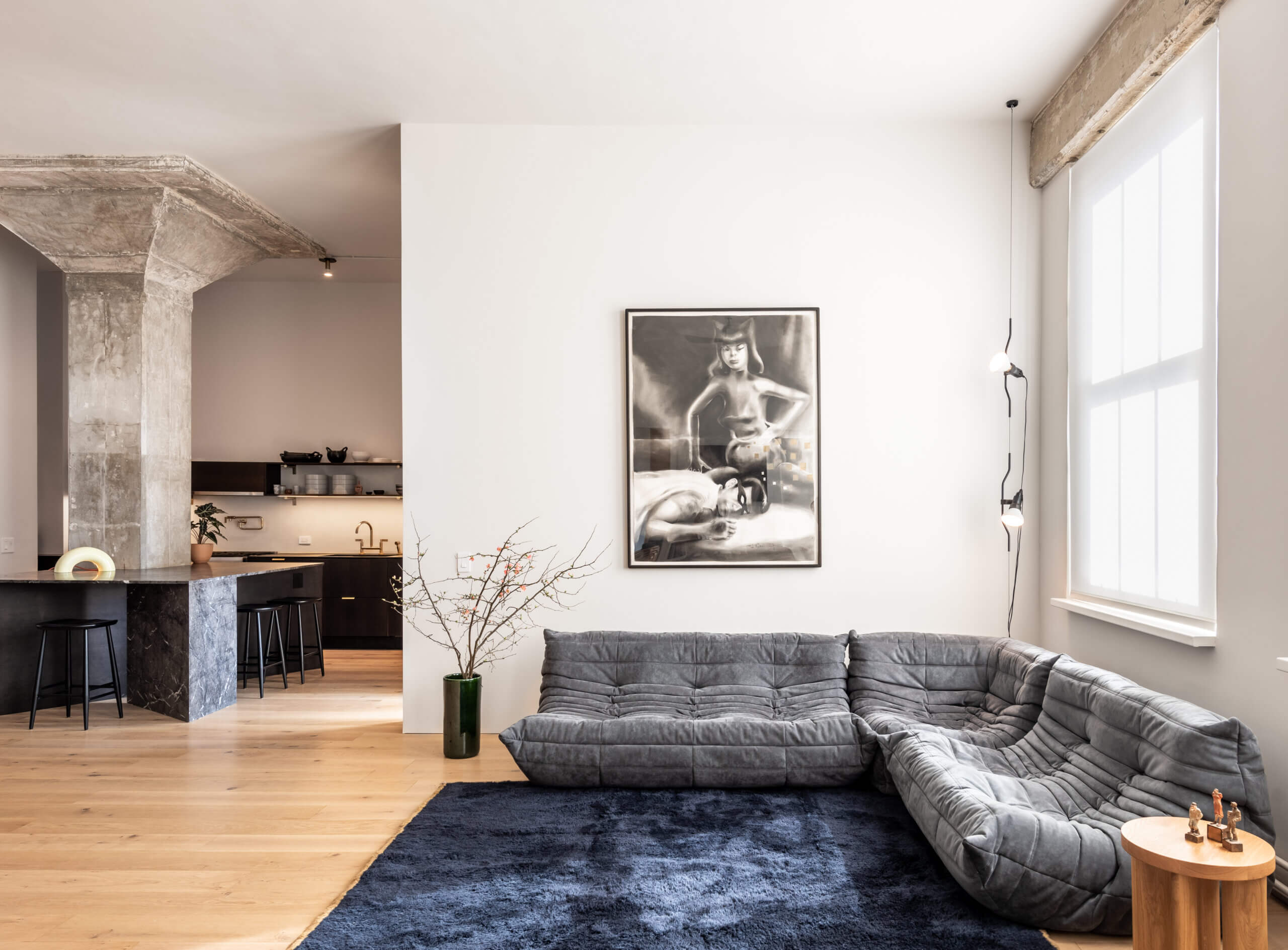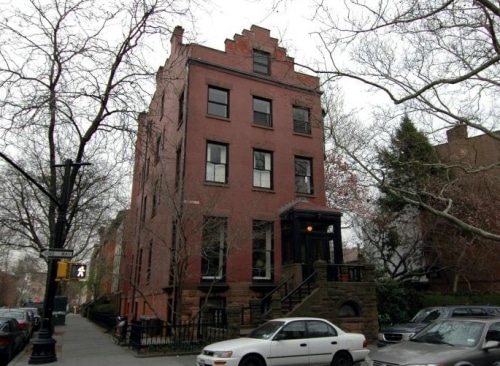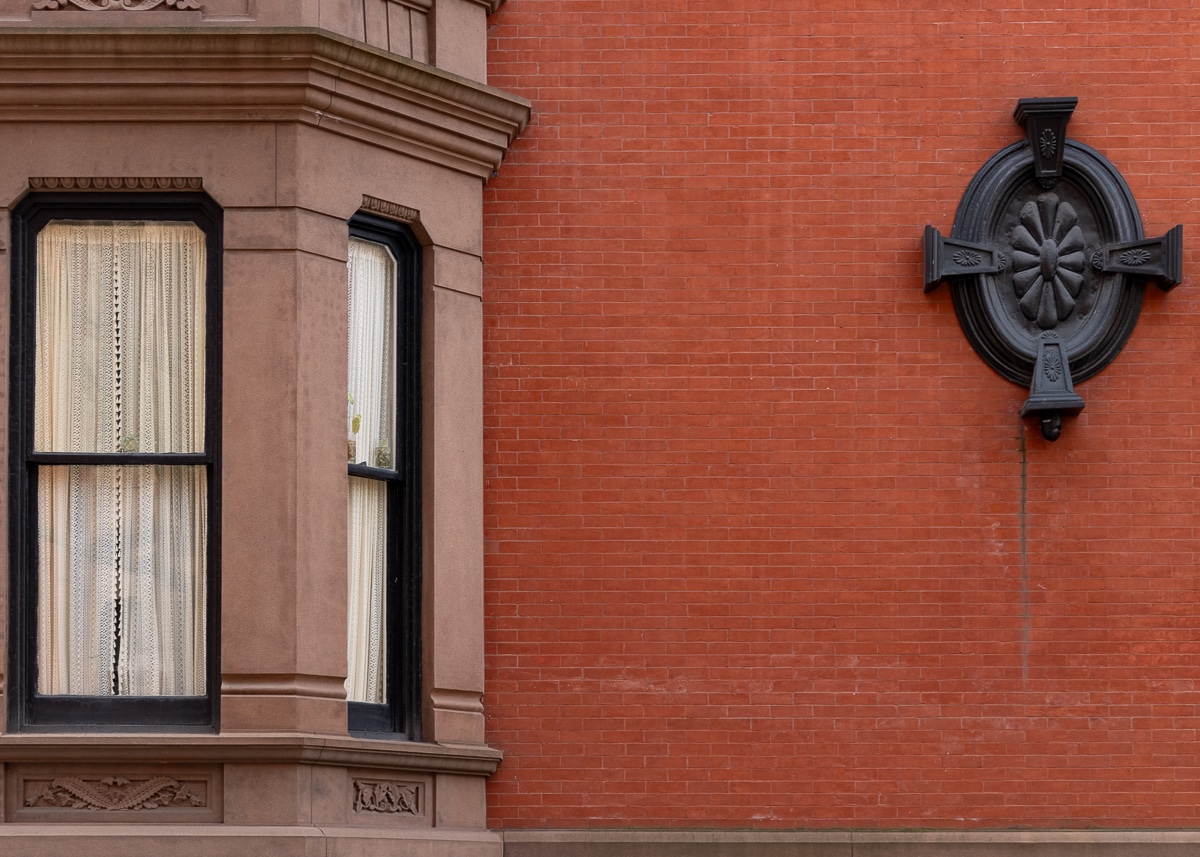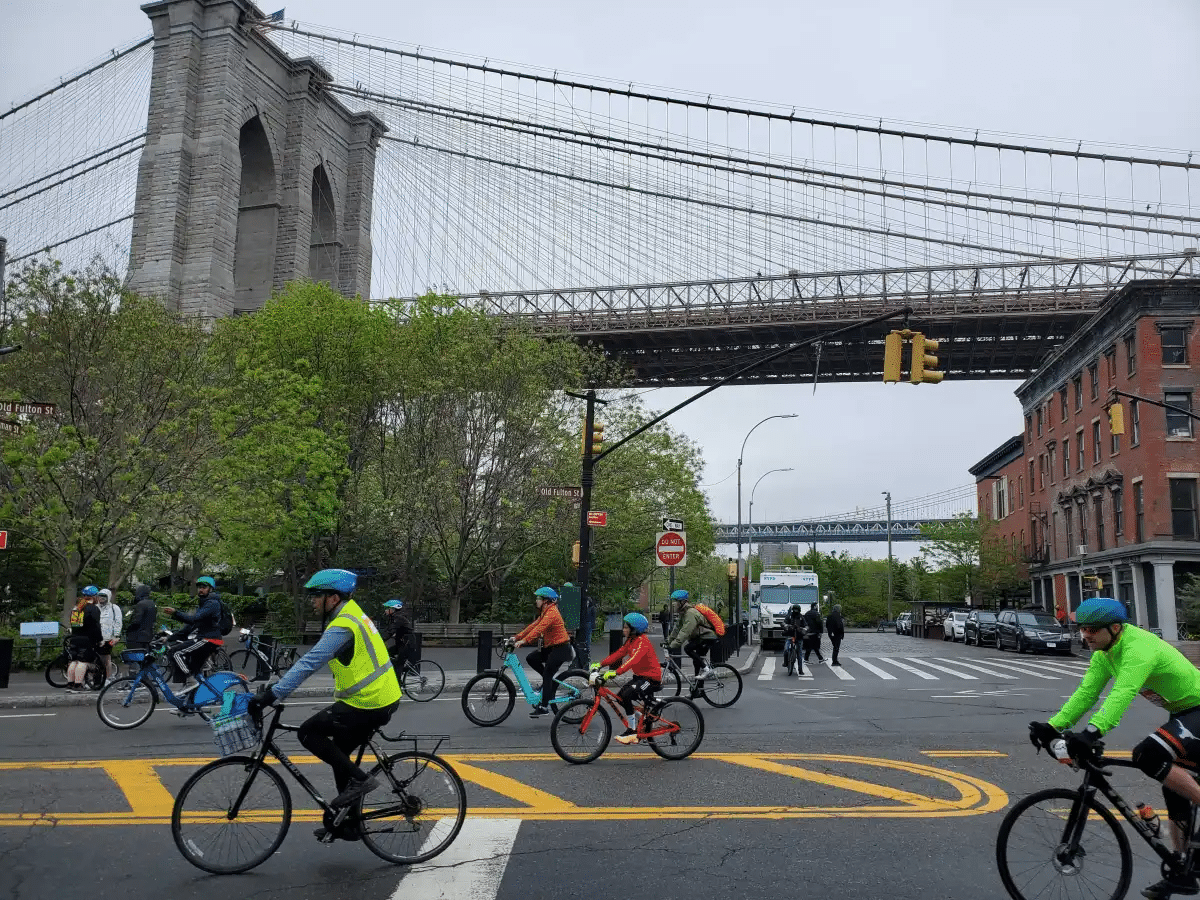The Epitaph of Epitaphs for Williamsburg's Boom
It’s tough to know where to start with the New York mag story on the rise and dizzying fall of Williamsburg’s condo boom, which casts the neighborhood as “New York’s version of the collapsing exurban ‘boomburgs’ in Florida and Arizona.” Is it the detail that the developers of the Steelworks Lofts, who paid $26.5 million…

It’s tough to know where to start with the New York mag story on the rise and dizzying fall of Williamsburg’s condo boom, which casts the neighborhood as “New York’s version of the collapsing exurban ‘boomburgs’ in Florida and Arizona.” Is it the detail that the developers of the Steelworks Lofts, who paid $26.5 million for their condo-to-be a couple years ago, are considering turning their building into a youth hostel? No, perhaps it’s the news that potential buyers for the failed (and mostly constructed) Warehouse 11 project are coming up with offers “closer to $30 million than the $50 million owed” to the bank by its developers. There’s too much in it to fully blurb, but here are some of the choicest bits:
- David Maundrell, president of Aptsandlofts.com, estimates that 2,818 new Burg apartments will have hit the market by the end of this year, with another 2,766 projected by the end of next year. Also, Maundrell tools around town in a $120K Maserati bought with condo-sales dough.
- Even though Williamsburg developers are having a lot of trouble selling the units they do have, they’re still bemoaning the repeal of the 421-a tax abatement that would have allowed them to build even more units.
- Before she died, Jane Jacobs wrote a letter to the mayor saying the Williamsburg rezoning that put the wheels in motion for the condo explosion appeared to be a particularly risky move: Even the presumed beneficiaries of this misuse of governmental powers, the developers and financiers of luxury towers, may not benefit, she wrote. Misused environments are not good long-term economic bets.
There’s a great deal more of note in the article, which is well worth a read.
The Billyburg Bust [New York]
Pic by krzysztof.poluchowicz.









Apart from for developers and buyers at the height of the market, what’s currently happening in W’burg is not bad news. The pace of development was trying to force change too quickly. Williamsburg is a post-industrial, hipster-infused, butt-ugly neighbourhood. That’s what I like about it.
Also the schadenfreude of Brownstown Brooklynites above is something to behold. If anyone thinks w’burg’s falling prices won’t affect other parts of BK, they’re in for a nasty surprise.
dirty hipster –
i think you slightly misunderstand me. yes, attracting wealthy buyers has absolutely impacted neighborhoods like SOHO, WVillage, Tribeca etc in ways that many (including me) would consider negative. (i mentioned some of those ways in my comment.) my point is that despite this – i still enjoy a stroll around these neighborhoods, i still enjoy dropping by them, they remain attractive despite their extreme homogenous wealth. Wburg has been, and in some small spots remains, an enjoyable neighborhood precisely because it was a place that allowed people to live and start businesses and form communities without being incredibly wealthy. however, during the economic boom I think developers extracted a lot of value from Wburg’s community without laying the groundwork for a more sustainable, long term, thriving neighborhood.
if the economic tsunami passes and the development train rolls on, if wburg does not simply ungentrify – (which I don’t think, long term, it will) what is really likely to happen? i fear/expect wburg will not return to an interesting, affordable, creative community and neither will it become some sought after and very exclusive community. because it will neither be affordable nor particularly unique (since it was the community that made it unique, rather than the architecture or geography) so, it might just become a kind of middlebrow neighborhood with a slight aura of past ‘coolness’,’newness’. (and, i don’t think EV, LES or Nolita are exactly filled with beautiful architecture – but they have two things that wburg does not have – 1. they are on manhattan 2. they have far less open tracts of formerly indsutrial land lying empty for new condos.)
(btw, I would love, love a kind of utopian, new, blossoming of a youthful, berlin-esque wburg filled with artists, musicians, etc able to live and work in NYC in an accessible community – i don’t see how that’s going to happen)
(also, look there are plenty of places i like in Wburg still. i don’t think all (or even most) of Wburg is like SEA, but I can imagine a future in which much of it is. )
Perhaps – so the success of a neighborhood depends on the quality of it’s architecture and ability to attract wealthy buyers?
I think alot of people would agree that’s what has ruined all of the manhattan neighborhoods you mentioned (if not all of them)
Many other neighborhoods in Downtown Manhattan have drawn wealthy buyers without having great architecture (East Village, LES, Nolita)
And using SEA on a friday/saturday night as a barometer for the pretentiousness of a whole neighborhood is funny.
First it was just CA, AZ, NV and FL. Now it’s just Billyburg.
***Bid half off peak comps***
I wonder whether wburg will be a ‘better’ neighborhood if and when the economy comes surging back. I was walking around SOHO the other day and thinking about the course of gentrification in various NYC neighborhoods. It occurred to me that no matter how gentrified/boring (to some)/homogenous SOHO, WVillage, Tribeca are they still are filled with historically significant, gorgeous (to most) architecture. A similar thing could be said about most, if not all of, brownstone Brooklyn. (And places like Chelsea and Madison Square Park are attracting some of the best new architecture in NYC even where they lacked much great prewar housing stock.)
By contrast, what’s the best case for most of Wburg? That its unattractive blocks become increasingly occupied by new condos and the relatively few historic blocks retain their character? In this case, unlike neighborhoods whose buildings are re-used in the process of gentrification, Wburg will both be socially AND architecturally transformed for better or for worse. Moreover, Wburg, even at the height of the boom, attracted the Scaranos, Fischers and Kaufmans of the architecture world, not the Koolhaas’ and the Tschumis. Maybe tastes will change and NV and Sevenberry will be seen as architectural masterpieces in years to come… But it seems likely that in this supposed best case, Wburg will settle into an awkward position where it doesn’t have the cache or affordability to attract a young, artistic crowd and it doesn’t have the singular architectural beauty to attract a wealthier crowd who can also afford DUMBO or BHeights, if not SOHO and the West Village. This makes me worry a little whether the best future of Wburg is an entire neighborhood that has the feel of SEA on a Friday or Saturday night – if you’ve been there you know what I mean – a sort of air of aspirational wealth that wants to be but isn’t quite luxury but has lost all other cultural cache beyond this vague sense of striving to be like something wealthier, more exclusive in downtown NYC.
http://gothamist.com/2009/07/13/cardboard_tube_war_ravages_mccarren.php
I retract anything positive I’ve previously said about Williamsburg (lol)
youre probably right dipster. i do tend to like to leave earlier in the winter when school is out to avoid the kinds of people who leave their house last minute to get to work. people who do that add a lot of unnecessary stress to their lives and take years off their lives. people should just leave 20 minutes ealier. tho i guess if everyone did it would mean id have to leave 40 minutes earlier. nevermind.
ugh i miss the old days of living like a 10 minute walk away from here where i could watch the first 20 minutes of jerry springer in the morning 🙁
*rob*
8 is offpeak sorta – it seems all subways are busiest btw 8:30 – 8:45
how am i travelling off peak? in the winter i go on around 8 and in the summer 830 and on the way back from soho it’s always 530. then again im not there are that many 9-5ish people in park slope.
*rob*